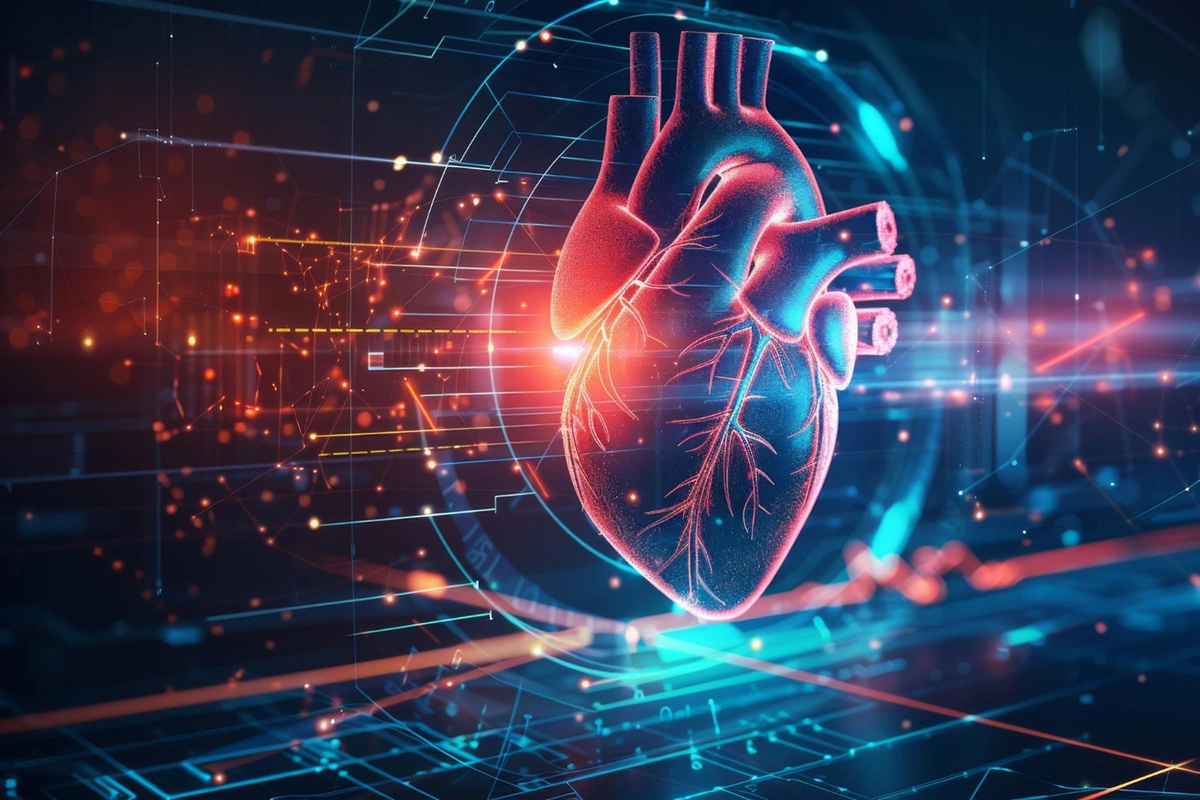Table of Contents
The Evolution of Stents
What Makes a Stent “Smart”?
Benefits of Smart Stents
Challenges and Future Directions
Conclusion
The landscape of cardiovascular care has been dramatically transformed by technological advancements, particularly in the development of stents. Traditionally, stents have played a crucial role in treating coronary artery disease by keeping arteries open and ensuring proper blood flow to the heart.
However, recent innovations have led to the emergence of “smart stents,” which promise to enhance patient outcomes significantly. These smart stents incorporate cutting-edge technology to not only maintain arterial patency but also to provide real-time data, reduce complications, and deliver targeted therapies.
The Evolution of Stents
Stents have evolved significantly since their inception. The first generation of bare-metal stents (BMS) provided mechanical support to prevent arterial collapse but were prone to restenosis, a re-narrowing of the artery.
This led to the development of drug-eluting stents (DES), which release medication to prevent the growth of scar tissue and reduce the risk of restenosis. While DES represented a significant advancement, the need for further improvement persisted.
What Makes a Stent “Smart”?
Smart stents integrate advanced technologies such as sensors, wireless communication, and biocompatible materials to address the limitations of traditional stents. Here are some key features that distinguish smart stents:
Real-Time Monitoring:
Smart stents are equipped with sensors that can monitor various physiological parameters, such as blood flow, pressure, and temperature.
This real-time data can be transmitted to external devices, allowing healthcare providers to continuously monitor the stent’s performance and the patient’s condition. Early detection of issues like restenosis or thrombosis can lead to timely interventions and improved outcomes.
Drug Delivery:
While traditional drug-eluting stents release medication passively, smart stents can deliver drugs in a controlled and targeted manner.
For instance, they can be programmed to release anti-inflammatory or anti-proliferative agents in response to specific triggers, such as inflammation or excessive cell growth, thereby minimizing side effects and enhancing therapeutic efficacy.
Biofeedback Mechanisms:
Some smart stents can adjust their functionality based on the feedback they receive from the body. For example, a smart stent can alter its drug release rate or expand its diameter in response to changes in blood flow or pressure.
This dynamic adaptability ensures optimal performance under varying physiological conditions.
Biocompatible and Biodegradable Materials:
Advances in materials science have led to the development of biocompatible and biodegradable smart stents. These stents gradually dissolve after fulfilling their purpose, reducing the long-term risks associated with permanent implants.
Biodegradable materials can also be designed to elicit minimal immune responses, reducing the likelihood of complications.
Benefits of Smart Stents
The integration of smart technologies into stents offers numerous benefits for both patients and healthcare providers:
Improved Patient Outcomes:
By providing real-time data and enabling timely interventions, smart stents can significantly reduce the risk of complications such as restenosis and thrombosis. This leads to better long-term outcomes and quality of life for patients.
Personalized Medicine:
Smart stents pave the way for personalized medicine by allowing treatments to be tailored to the individual needs of each patient. The ability to monitor and respond to specific physiological conditions ensures that therapy is optimized for maximum effectiveness.
Reduced Healthcare Costs:
Early detection and prevention of complications can lead to fewer hospital readmissions and less need for additional procedures, ultimately reducing healthcare costs. Moreover, the data collected by smart stents can help refine treatment protocols and improve overall healthcare efficiency.
Enhanced Patient Monitoring:
Continuous monitoring enables healthcare providers to track the progress of treatment remotely, reducing the need for frequent in-person visits. This is particularly beneficial for patients in remote or underserved areas, improving access to quality care.
Challenges and Future Directions
Despite their potential, smart stents face several challenges that need to be addressed. These include ensuring the reliability and accuracy of sensors, protecting patient data privacy, and managing the cost of advanced materials and technologies.
Ongoing research and development are focused on overcoming these hurdles and making smart stents more widely accessible.
The future of smart stents looks promising, with ongoing advancements in nanotechnology, materials science, and wireless communication.
As these technologies continue to evolve, we can expect even more sophisticated smart stents that offer enhanced functionality and improved patient care.
Conclusion
Smart stents represent a significant leap forward in cardiovascular care, combining traditional mechanical support with advanced technologies to create more effective and responsive treatments.
By enabling real-time monitoring, controlled drug delivery, and personalized interventions, smart stents have the potential to revolutionize the management of coronary artery disease and improve the lives of millions of patients worldwide.
As research and innovation continue to drive the field forward, the future of cardiovascular health looks brighter than ever.

